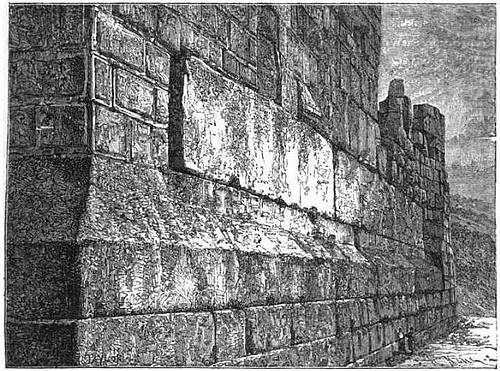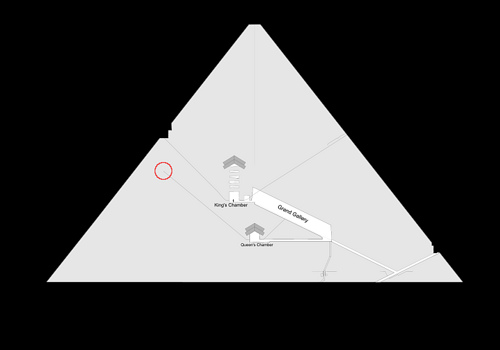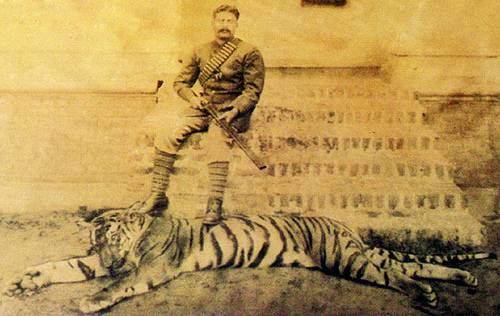
On Feb. 2, 1799, 42-year-old Elizabeth Woodcock was returning from market to her home in Cambridge when she was overcome with fatigue and lay down in a field. A heavy storm had overtaken her, and she came to her senses under six feet of snow, in which she remained buried for eight days.
Her cries went unheard, but she managed to tie a handkerchief to a stick and thrust it through the snow, where a passing farmer finally noticed it and went for help. When shepherd John Stittle pulled her free, she said, “I have been here a long time.” “Yes,” he said, “since Saturday.” “Ay, Saturday week,” she replied. “I have heard the bells go two Sundays for church.” She’d been lying only half a mile from her home.
Woodcock lost her toes to frostbite and lingered until the following July, when she died. “We are sorry to add,” notes the Gentleman’s Magazine, “that too free indulgence in spirituous liquor is supposed to have been the cause both of the accident which befel Elizabeth Woodcock, and its fatal consequences.”



